Find Your Perfect Match: Using HLA Typing For Successful Organ Transplants
Within clinical environments, making decisions based on precise and comprehensive data is paramount in practicing high-quality medicine. One of the more complex clinical procedures involves organ transplants. Organ transplant surgery, a high-risk proposition made necessary by even more dire circumstances, carries with it an increased complexity in matching donors for the patient. While current medicine generally relies on a patient’s historical records and phenotypic data, the new technology of Next Generation Sequencing provides high precision of matching accuracy through human leukocyte antigen (HLA) typing.
Friend or Foe?
HLA typing identifies certain proteins found on the surface of white blood cells called antigens. These antigens live on cells and their primary function is to determine whether a cell is “native” or is a “foreign” invader, akin to a chemical ID badge for cells in a human body. One way to think about how HLA works is to compare it to the “Identify Friend or Foe” system that military aircraft employ to help each other distinguish between “good guys” and “unknown/unidentified” aircraft, wherein friendly aircraft carry radio transponder tags that mark them as non-threats and everything else can be treated as a potential threat to be confronted.
The human body’s defense system works in a similar way, scrambling immune cells to intercept an unidentified intruder in an attempt to eliminate every possible threat to the body’s well-being without harming “friendly” cells. For example, if there is a bacteria present within the body that lacks the appropriate antigen ID, the immune cells will recognize that the bacterial cells do not belong and will respond to try and kill the foreign bacteria before it can proliferate and create a potentially dangerous infection.
While this is a great mechanism for general self-resilience and defense, this introduces significant complexity when performing an organ transplant. Because the immune system is unable to differentiate between a potentially life-threatening pathogen and a potentially life-saving organ transplant, instead simply recognizing them all as “unidentified threats,” ensuring a donor’s HLA type matches the patient’s is a more important factor in the success of a transplant than simply finding a blood type match. In fact, a patient’s ABO blood type is entirely independent of their HLA type, which is a significantly more complex indicator of compatibility.
The NGS Difference
Without a sufficient HLA type match, the immune system will fail to recognize foreign cells from another individual and will subsequently kill them off, rendering the transplant a failure as the body rejects the new organ. Avoiding this situation is where HLA typing can prove to be game-changing. HLA typing provides a way to match certain antigens from a potential donor to a recipient in need. In the past, there had been only six antigens that commonly factored into this process, but with the advent of next-generation genome sequencing we’ve expanded this to 11 unique antigens. This leap in technological ability promises greater clarity and precision towards finding the right match.
The new next-generation sequencing libraries allow us to get a more in-depth look at these highly polymorphic genes that have historically been difficult to sequence due to significant variability and sequence homology. With these new panels, clinical researchers are able to get clear results from the high-resolution sequencing that they can rely on. In addition to reliable results, HLA typing through next-generation sequencing provides both the affordable price points and rapid turnaround required in these time-sensitive organ transplants.
Looking to include HLA typing in your research? Contact us today to find out how we can help.



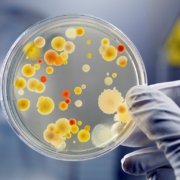
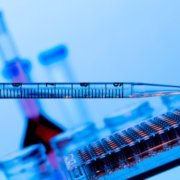
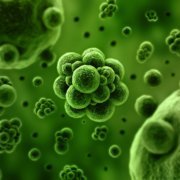
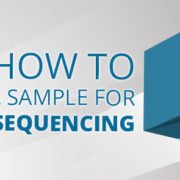
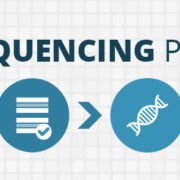


Leave a Reply
Want to join the discussion?Feel free to contribute!